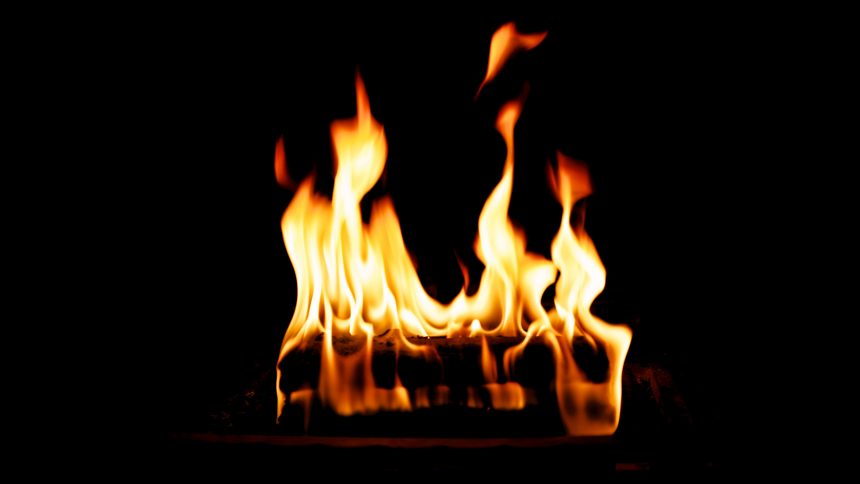Inbuilt wood heaters not only provide warmth but also make a great centrepiece for any indoor space. Many people are opting to install inbuilt wood heaters in their homes.
Installing an inbuilt wood heater has these advantages:
- It maximizes your living space since it uses up less space compared to a freestanding heater.
- It can seamlessly blend into a wall.
- It is more economical to install and use compared to gas heaters.
- Wood is an environmentally friendly fuel option because it is a more sustainable and renewable energy source.
- It offers more versatility because it can accommodate various materials from brickwork to marble.
- It saves money. The rising cost of gas and electricity make this heating method a very practical option.
Here are some important guidelines to remember in installing wood heaters:
- The location of the heater and the configuration of the room have to be taken into consideration.
- The materials of the walls and floors will have an effect on the way the heater is installed.
- Inbuilt wood heaters have to be fitted in a surround casing that is non-combustible. If its sits against any combustible surface, it must be heat-proofed.
- It is possible to install these heaters within an existing fireplace. This increases efficiency and maximizes heat output.
- Overloading the wood heater with firewood may result in over burning, which could damage it and may void the warranty.
- The firewood used should be dry and well-seasoned for a minimum of six months. No treated lumber must be used as fuel, as this will affect air quality.
- Check if the heater complies with Australian standards. This means that it is especially designed and built for Australian conditions and to work with Australian firewood.
- Check the Compliance Plate which should have the AS/NZS numbers. The compliance plate also contains crucial information on thermal output and efficiency.
- Seek expert advice on the size of the heater you need, which will depend on the room size, house insulation, and other factors.
- Before installing an inbuilt wood heater, visit your local council to check local covenants, building regulations and required permits.
Here are the types of inbuilt wood heaters based on how it distributes heat:
Radiant Wood Heaters
This disperses heat coming from the outer surface of the heater to other surfaces that are close by. The infrared heat being radiated tends to stay in the lower part of the room, which makes a radiant heater perfect for homes that have large open plan spaces or non-insulated rooms.
Convection Wood Heaters
This type of heater draws cool air from the room, heats it up, and then it rises. It constantly replaces cold air into warm air and lets it spread evenly throughout the house. This is ideal for homes with lower ceilings. It is also the most efficient way to heat an insulated home.
With inbuilt wood heaters, you can have the ambience of a real wood fire in a safe and economical way.
